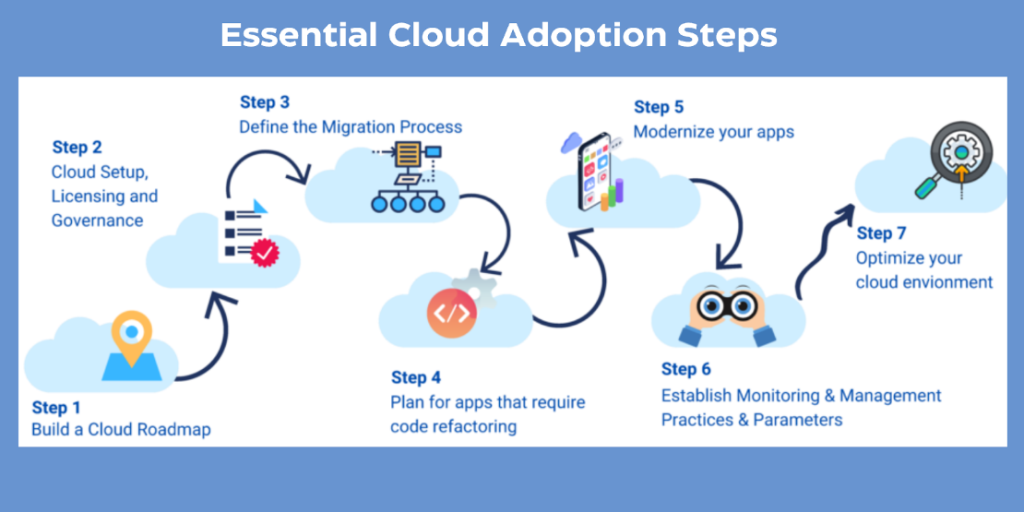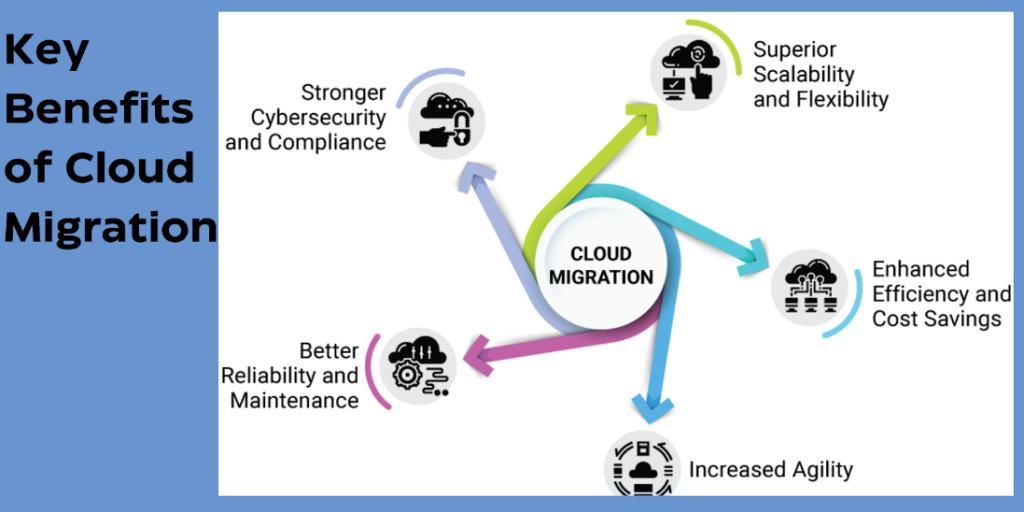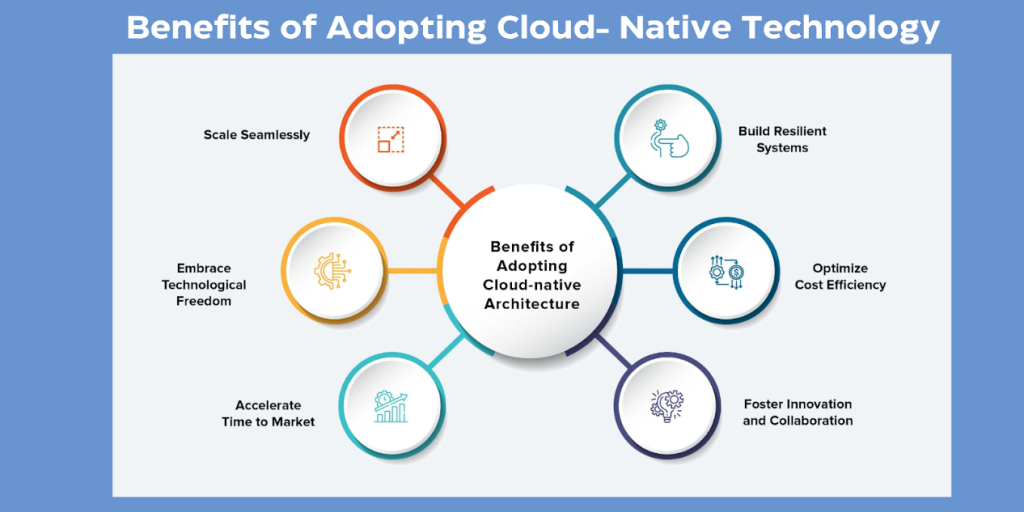Businesses are increasingly aware of the potential of migrating IT infrastructure to the cloud in order to substantially reduce data center costs in the current digital environment. However, it’s essential to understand how cloud migration can simplify expenses and the critical factors that ensure a seamless transition before starting this crucial journey. This blog post explores the complex dynamics of how cloud migration impacts data center costs and highlights essential factors to consider.
Understanding the Process of Cloud Migration Cost Reduction:
There are several ways to reduce costs when migrating from conventional on-premises data centers to cloud-based solutions. Businesses can avoid significant upfront investments in hardware purchases, maintenance, and upgrades by utilizing the power of cloud services.
Furthermore, the pay-as-you-go approach that is a feature of cloud computing enables enterprises to flexibly expand resources, which optimizes costs based on actual usage. Moreover, managed services are frequently provided by cloud providers, which reduces the workload on internal IT teams and further reduces operational expenses.
Essential Things to Consider Before Starting on Cloud Migration:

Before starting the cloud migration process, companies need to carefully evaluate their existing infrastructure, applications, and data. This evaluation is crucial for determining the most suitable cloud deployment model and migration strategy. To reduce potential difficulties during migration, it is essential to conduct a comprehensive inventory of resources and evaluate workload compatibility with cloud environments.
To make sure that sensitive data is safeguarded in the cloud environment, enterprises should give top priority to data security and compliance standards. Additionally, a seamless transition with the least amount of business operations disturbance depends on the establishment of clear migration objectives, timelines, and performance metrics.
Optimizing Cost Efficiency Post-Migration:
After the migration procedure is finished, companies need to keep concentrating on maximizing cloud environment cost-effectiveness. By putting strong cloud cost management procedures in place, such as careful resource identification, paying close attention to usage monitoring, and judicious reorganizing of instances, enterprises may optimize cloud expenditure and take advantage of cost-saving possibilities. Adopting cutting-edge serverless computing and containerization technologies can also save infrastructure costs by eliminating the need for provisioning and managing underlying hardware.

Adopting Cloud-Native Technologies:
In order to optimize the cash-savings potential of cloud migration, businesses should consider adopting cloud-native solutions and architectures. Cloud-native applications are meticulously designed to take advantage of cloud platforms’ scalability, reliability, and agility in order to maximize cost-effectiveness and operational-efficiency. Effective application development and deployment are made possible by the use of cutting-edge microservices architecture, flexible DevOps methodologies, and serverless computing integration. This reduces total infrastructure expenses while simultaneously enhancing organizational agility and promoting an innovative culture.

Businesses have a unique opportunity to reduce data center expenses and have unrestricted access to scalable, reliable, and cutting-edge cloud services by migrating to the cloud. Organizations can gain significant advantages and position themselves for sustainable success in the digital era by comprehensively understanding the potential cost-saving benefits of cloud migration and paying meticulous attention to key considerations before, during, and after migration. Cost-effectiveness and strategic planning are the two pillars that will surely serve as the cornerstones for organizations to realize the full potential of cloud computing as they overcome the challenges of cloud adoption.
![]()

